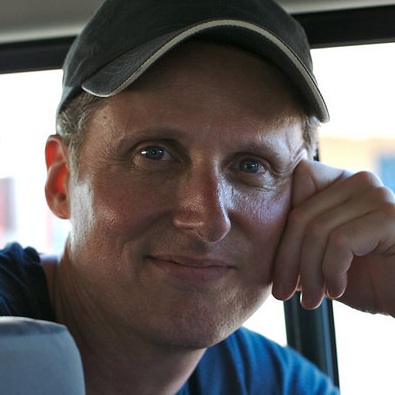“The hardest part in any adventure is deciding which way to go, or what to do. Once the decision is made, the rest is just implementation.”
I’m paraphrasing (because I can’t put my hands on my copy of the source book at the moment), but that thought is the gist of a quote written by a woman adventurer named Robyn Davidson who, at the age of 27, traveled 1700 miles across the Australian Outback with only four camels and a dog. But her point was that figuring out what to do was harder than actually doing it, once the decision was made.
It’s a truth that any adventurer knows all too well, of course. Even adventurers in life. The tough part, if you’re an explorer in search of a job worth doing, a life path worth following, or a creative idea worth expressing, isn’t the work involved once you have a goal clear in your mind. It’s figuring out what that goal, or vision, ought to be.
And this is where summer vacations come into play.
As a self-employed person, I don’t actually get vacations. I have times I decide not to work. Of course, my paychecks are dependent entirely on producing finished products. So any time spent not working is not only unpaid, but also sets me back on getting paychecks after I resume working, because it means I have to get up to speed again on where I was when I left off—all of which is unpaid time.
Add to that the basic work ethic that has allowed me to be basically self-employed for the past 20 years (this translates into huge guilt struggles any time I’m not working as hard as I could at my most uninterrupted, undistracted best), and the always-close-to-the-edge finances of the freelance writing career field, and the end result is that I have a hard time taking vacations. In point of fact, when my fiancé turned 50, he said he wanted two things for his birthday: first, he wanted spend a week with me at a resort on some Caribbean island (an indulgence he’d never allowed himself before). And second … he wanted me to leave my computer at home. The first part was easy. The second part … well, that was the birthday present. Because it was hard to do.
In the end, of course, taking nine days to breathe without the pressure to connect, produce, or scramble was the best thing a doctor could have ordered for me—even if it did make it difficult for me to reconnect (or want to reconnect) upon my return. In fact, I wrote about my vacation thoughts and re-entry struggles on this site, soon after I returned home.
It’s worth re-reading, even if you caught it the first time.
But there’s another reason for indulging in those vacation idylls beyond simply allowing your mind time to rest, recoup, drift, have complete thoughts worth having … and perhaps have an idea that prompts insight, understanding, or growth. And it has to do with the difficulty in finding that goal or vision worth pursuing. [click to continue…]







